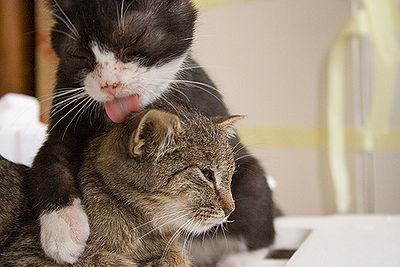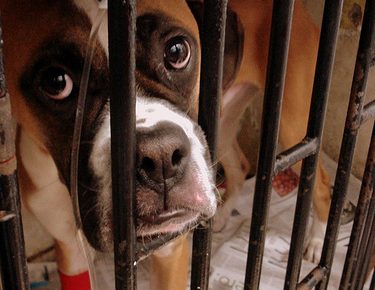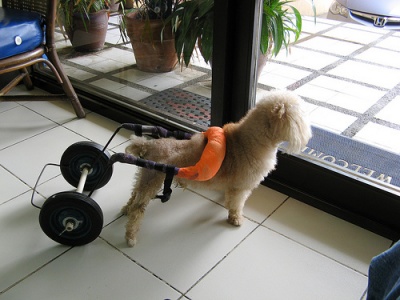First, it’s important to understand how flea collars work. The majority of them discharge a toxic gas or secrete chemicals at the neck and head area which are absorbed through the skin. Some flea collars also prevent flea eggs and larvae from developing and contain what is called Insect Growth Regulator.
Fleas like to congregate at the pet’s back end. The ingredients in flea collars are usually not strong enough to protect the entire body of the pet and they don’t kill adult fleas.
Flea collars can also be harmful to pet and even to their humans. If a pet chews on a flea collar, the toxins are ingested. The collars can also irritate the skin on the neck and surrounding area causing loss of hair and abrasions. Pets, particularly dogs, can be sensitive or allergic to the collar’s chemicals and can have a severe reaction.
The best use of a flea collar is to cut it in pieces and place the pieces in your vacuum bag. They can’t escape and are effectively killed. When you finish vacuuming, dispose of the bag by double wrapping it and placing it in an outside trash bin.
If you want to use a flea collar, it’s best to discuss this with your vet to ensure you are using the right one for your pet.
On a personal note: A few years ago we had a pretty bad flea infestation. I decided to try flea collars for the dogs. As soon as I opened the packaging and put the collars on the dogs, I could see their discomfort. The smell emanating from the collars, which I had purchased from my vet, left me feeling ill. I immediately removed the collars and they were never seen again. Please check our articles on natural flea and tick prevention.
You can help avoid infestation of these pets by having your pet’s health checked at least yearly by the vet, feeding your pet a species appropriate diet, examine your pet regularly to check for any pests and bathe and brush your pet more frequently during pest season.



